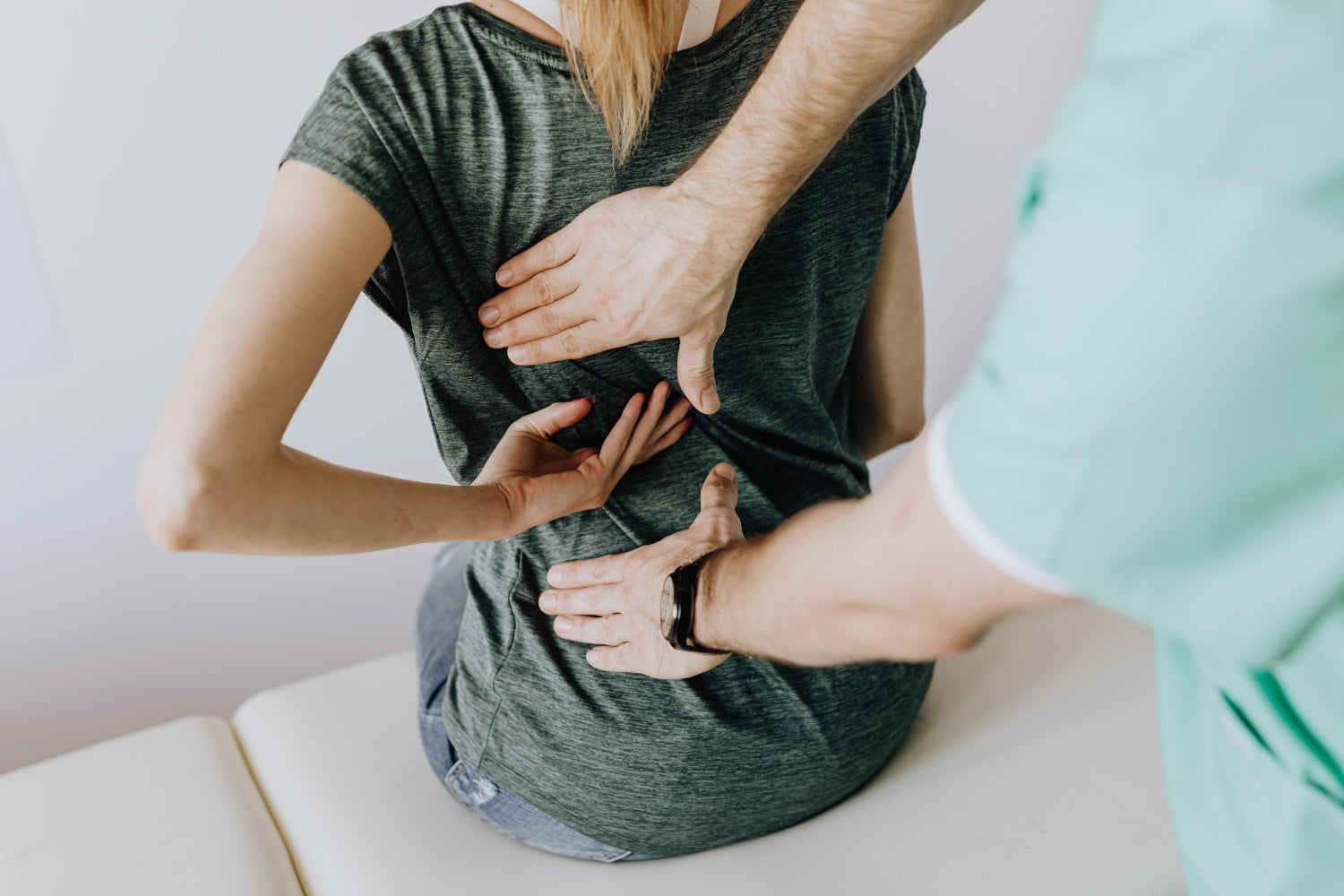
Percussive massage therapy works wonders on sore and tight muscles. Because the positive effects of percussive massage can feel so profound, it’s common to think more percussive therapy is always better. This leads some people to think percussion massage is a good treatment option for injuries like muscle strains and sprains.
Here’s the long and short of it:
Using a percussive massage gun on muscle knots and sores: High heaven!
Using a percussive massage gun on injuries: Recipe for disaster. Learn why in this quick guide to percussive massage and muscle sprains.
Strains and sprains are not one and the same. A strain, or what most people call a pulled or torn muscle, occurs when a muscle or tendon is stretched past the point at which it can rebound. Visualize a rubber band being stretched so far it never returns to its original elasticity, or even so far that it pops. Ouch, right?
Sprains, on the other hand, affect ligaments, the connective tissue that connects two bones. This type of injury also occurs due to abrupt overstretching, as anyone who’s rolled an ankle probably knows.
Both sprains and strains affect connective tissue, and because percussive therapy is used on connective tissue, it’s important to know how to navigate muscle recovery protocols while rehabilitating from these injuries.

In short, no. It’s not safe to use a massage gun or apply any type of direct, repetitive force to a muscle strain or a sprain. Not only might it hurt, but you might exacerbate your injury and sideline yourself for longer.
If you really think pressure will help ease the pain of a sports injury, try compression wrap instead, or use your hands to gently massage the area around the injury—not directly on the injury.
When in doubt, ask a professional, meaning your doctor or physical therapist. If your doc clears you for a massage, don’t get trigger-happy right away. Consider seeing a professional massage therapist who has the skills and knowledge to promote muscle recovery while avoiding exacerbation of your injury.
If you just can’t give up your massage gun (we don’t blame ya), simply avoid the injured area and temporarily alter your percussive therapy routine to accommodate it. It’s still safe to use percussive therapy as you normally would on un-injured areas.
It’s common for people to think pain is a good thing when using a massage gun. They sweep over a tender area and think they need to stay there or increase the speed level. However, that’s not always (or ever) the case. Extra sensitive areas might actually be bony protrusions or a nerve bundle—or a strained muscle.
As a rule of thumb, when using a percussive massage device, mild discomfort is usually okay, but pain is not.
To learn more about how to properly use your massage gun for different scenarios, flip through our guide to percussive therapy for athletes, busy professionals, and those who battle chronic pain.
This article is for educational and informational purposes only, and is not intended for use as medical or health advice. For any and all health concerns or conditions, please talk to your doctor.
Written by Ekrin Athletics Staff
Subscribe for Updates